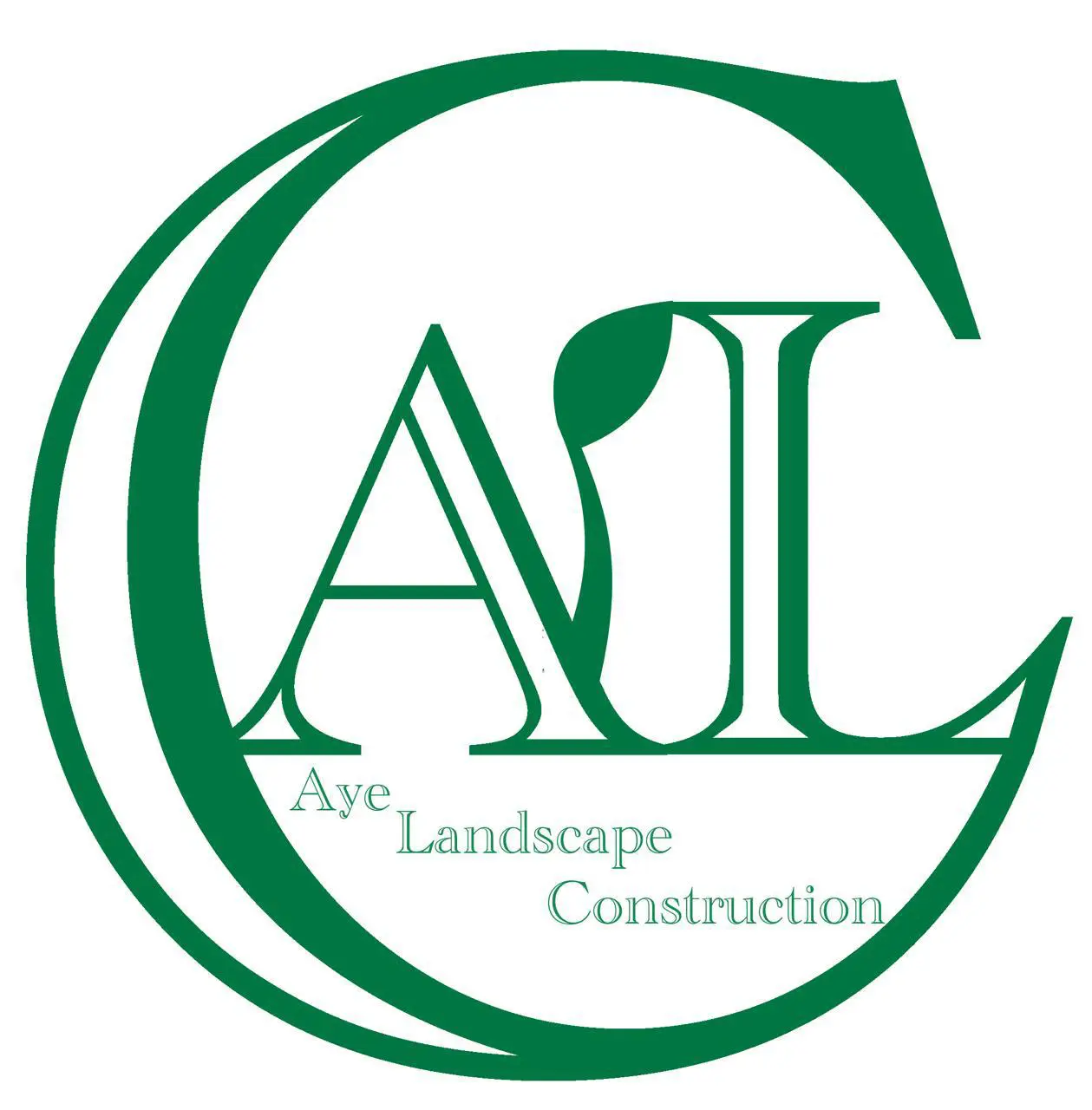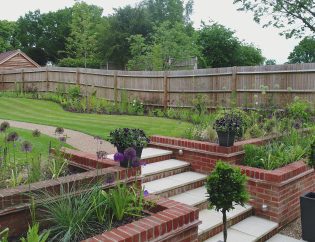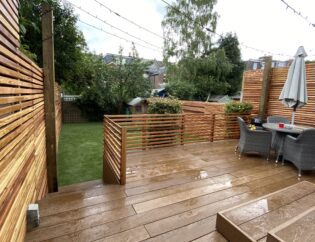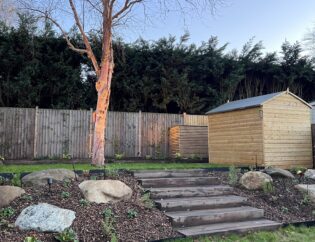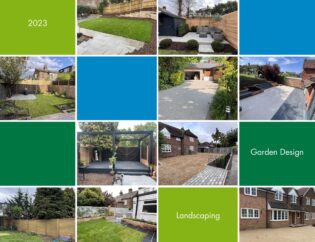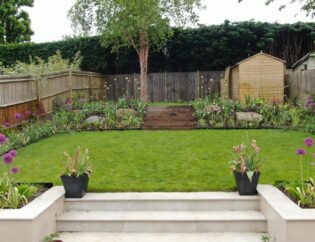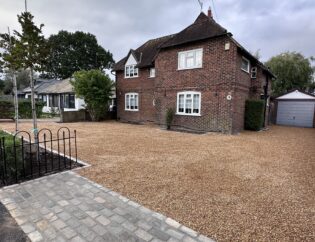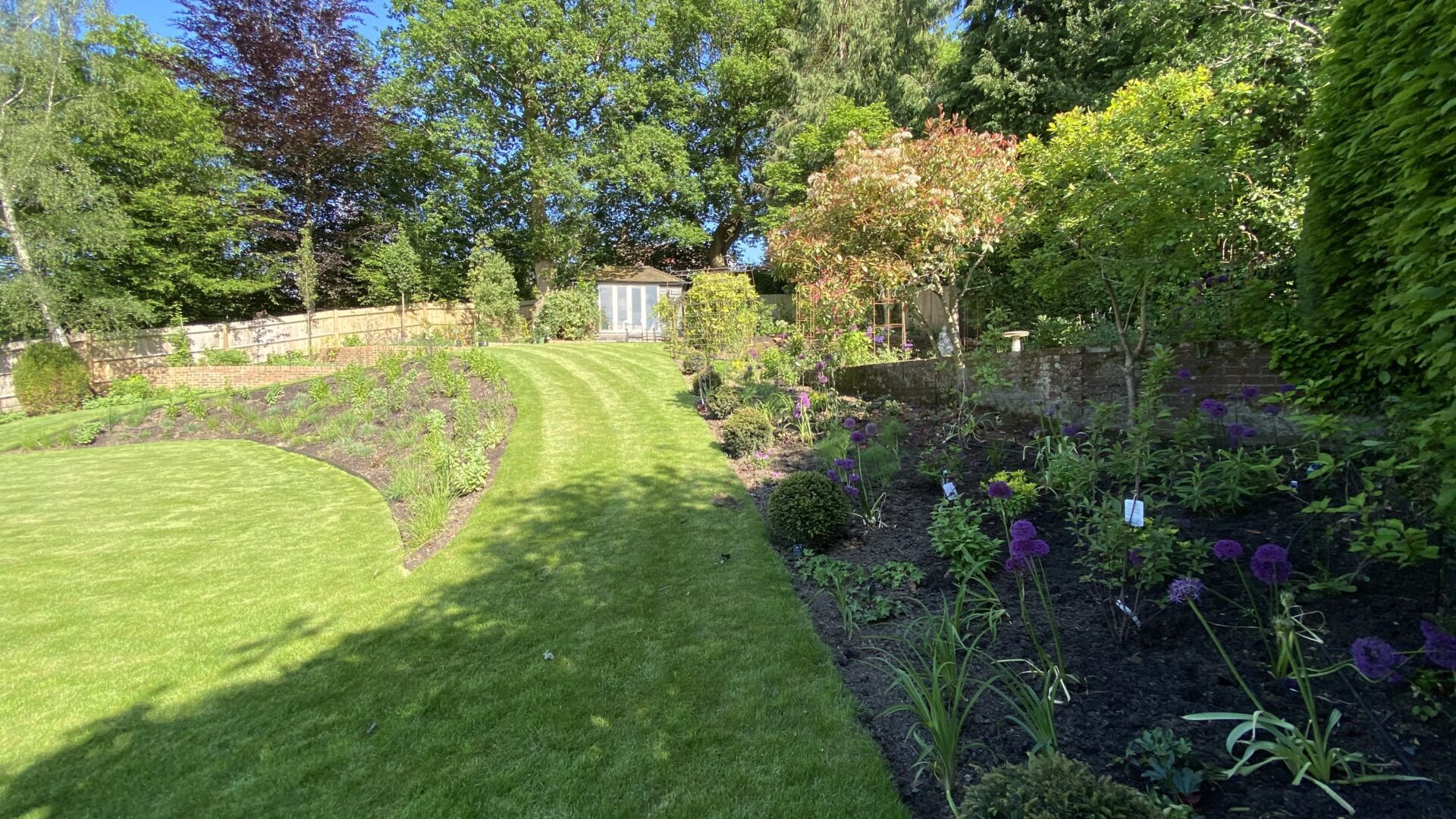
Managing drainage in your landscaping project
Managing drainage is a crucial consideration in any garden landscaping project. With the increasing occurrence of flash floods and the impacts of climate change, how we manage rainwater within our gardens has never been more important. In this blog post, we'll explore the importance of managing drainage in garden landscaping projects, the challenges associated with drainage, and the best practices for managing drainage in your garden.
Why is managing drainage important in your garden?
Effective drainage is essential for maintaining a healthy garden. Poor drainage can cause water to pool on the surface, resulting in waterlogged soil that can damage plants and limit their growth. Managing drainage is also important for preventing erosion. When water is not responsibly managed, it can cause soil to wash away, damaging plants’ roots and creating unsightly gullies in your garden.
Managing drainage can be challenging, particularly in areas with heavy rainfall or clay soils. Clay soils are especially problematic because they are slow to absorb water and can easily become waterlogged, causing damage to plants and structures in the garden.
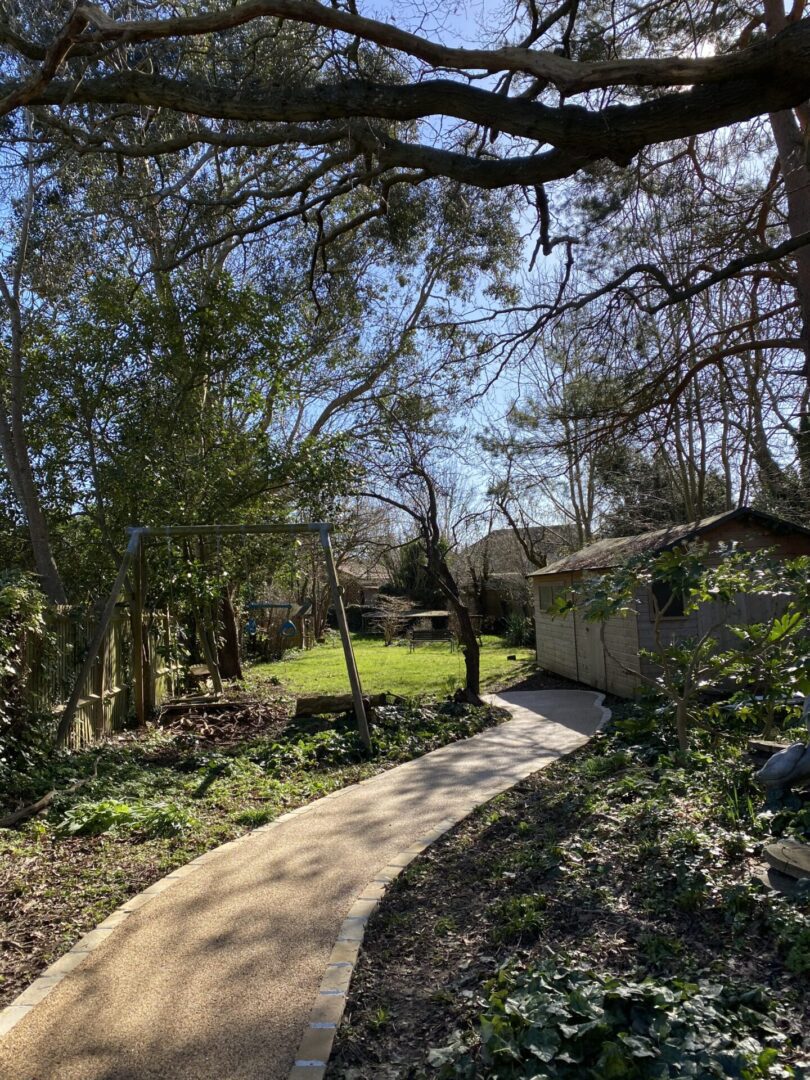
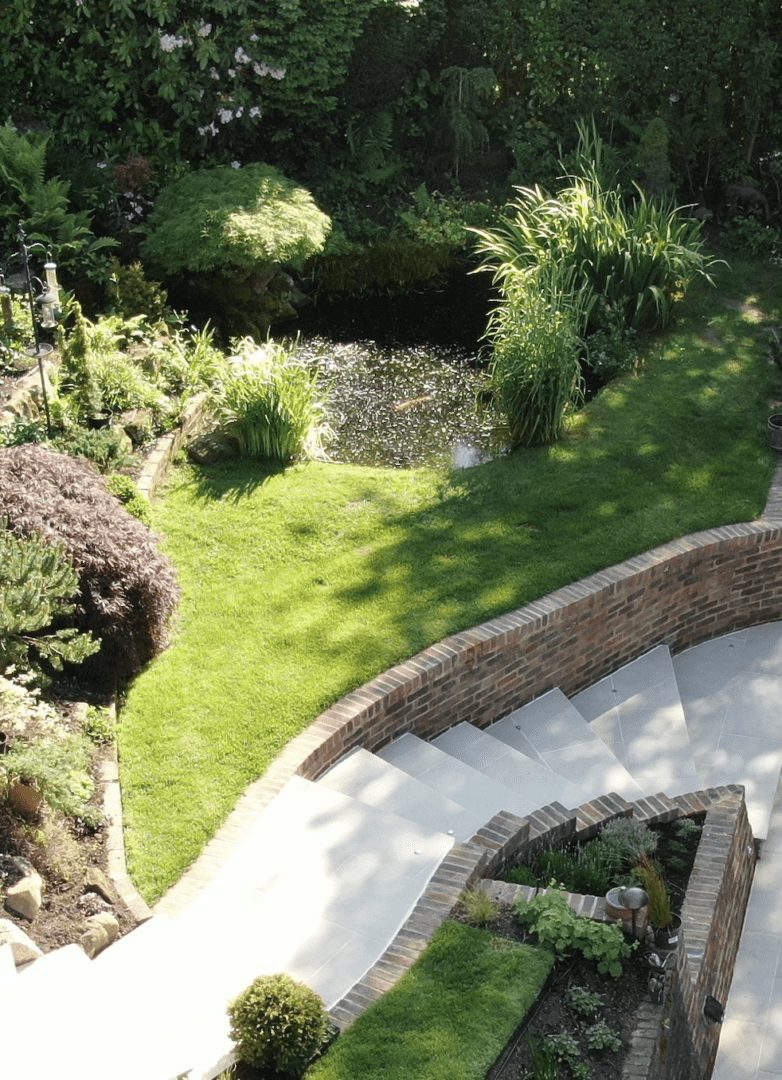
Why is managing drainage important to the wider environment?
Drainage is further complicated by hard surfaces such as roofs, patios, pavements, and driveways. This is of particular concern in urban areas where hard surfaces are more prevalent but is a concern across the environment. Because hard surfaces prevent water from soaking into the ground, they can cause runoff that can overwhelm storm drains and cause flooding.
In the past, traditional drainage practices focused on moving rainwater as quickly as possible from where it had fallen to a discharge point such as a watercourse. However, this approach has been found to have negative consequences, and the government now requires that all new developments and driveway installations ideally collect and re-use stormwater where it falls.
Sustainable drainage systems (SuDS)
When designing landscaping projects, it's important to consider sustainable drainage systems (SuDS). Regulations are changing the way we need to design paving, both in the finished surface and in the underlying substructure. SuDS are designed to reduce the potential impact of surface water drainage discharges in new and existing projects. Permeable paving, ponds and wetlands are SuDS that are typically seen in domestic landscaping projects.
SuDS can be designed to be cost-effective and can work with natural features like ditches or ponds, forming an integral part of both hard and soft-landscaped areas. By doing so, they can contribute to an attractive scheme that enhances the nature conservation and amenity value of the development, while also recycling the valuable water source.
The benefits of SuDS include better flood control, better management of stormwater at the source, greater pollution control with the use of filtration systems, and more availability of water during periods of drought.
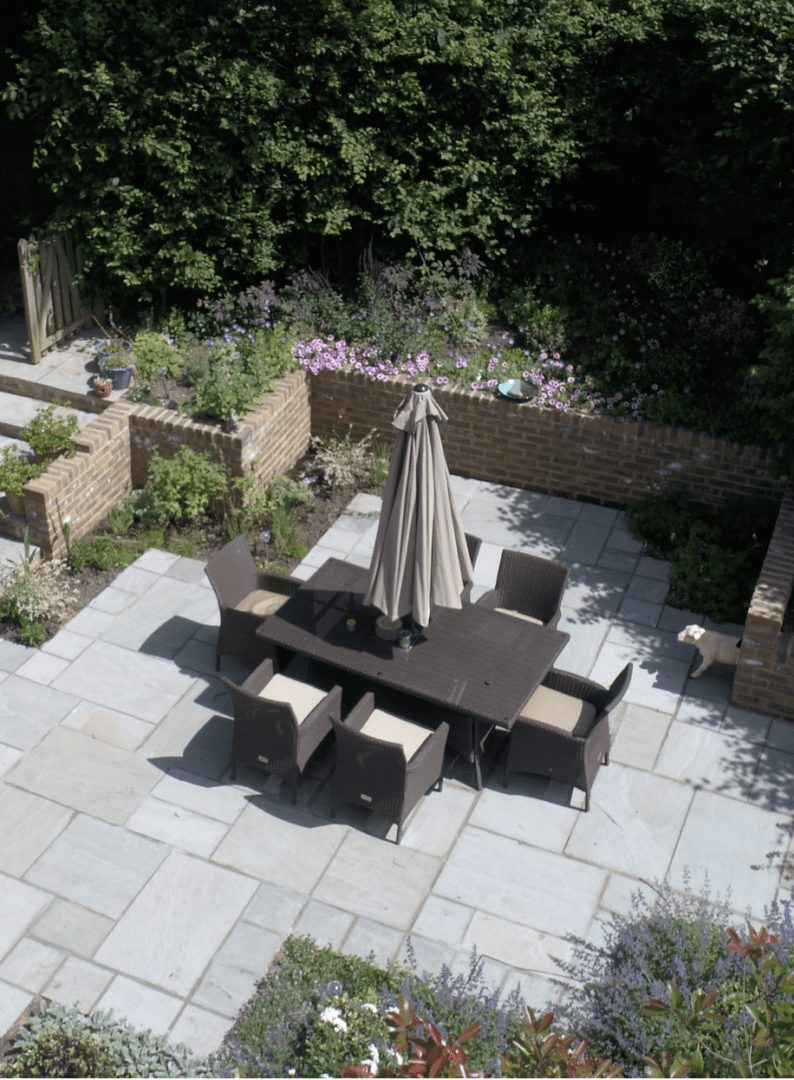
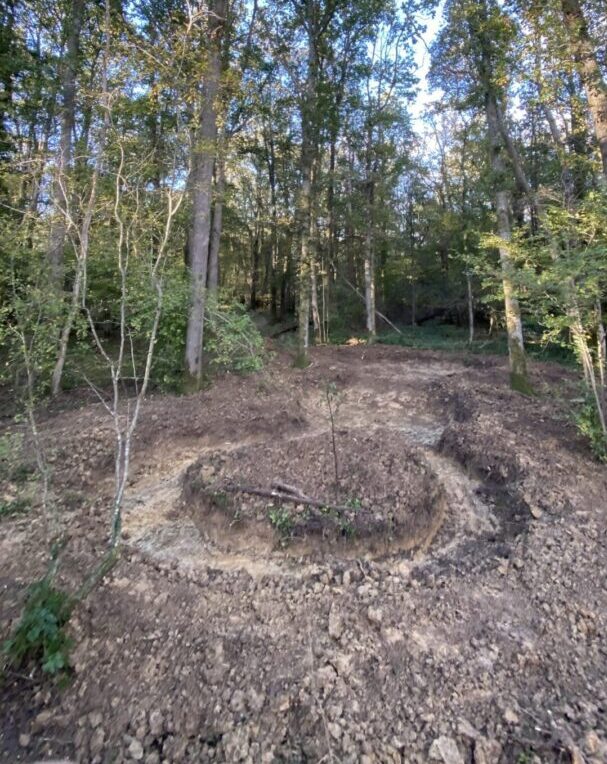
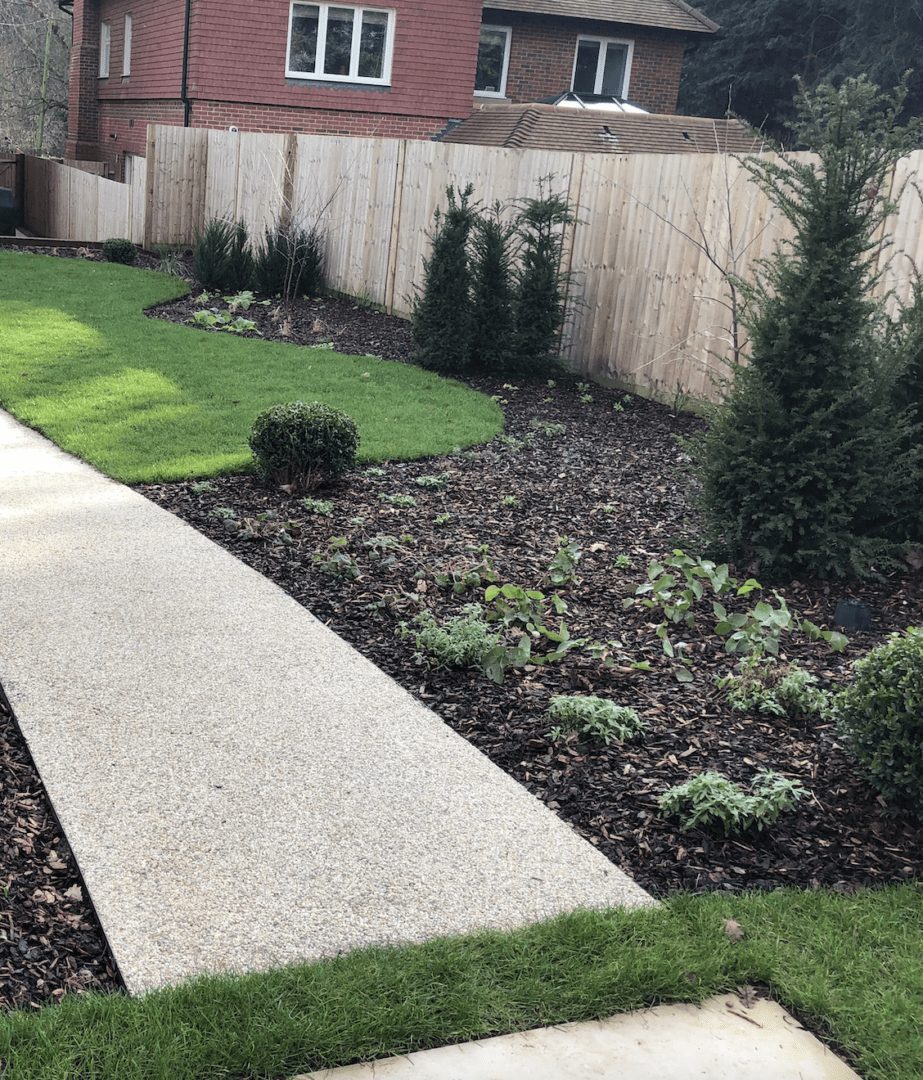
Best practices for managing drainage in your garden
Assess your site: Before you begin your landscaping project, it's important to assess the site's drainage characteristics. Consider factors such as soil type, slope, and the location of any existing drainage features such as swales or ditches. This information will help you determine the most effective drainage solutions for your garden.
Design with drainage in mind: When designing your garden, incorporate drainage features and permeable surfaces such as gravel, resin-bound, and permeable pavers. These allow water to soak into the ground, reducing runoff.
Consider your plant selection: Selecting plants that are adapted to your site's drainage conditions is key to maintaining a healthy garden. If you have poorly drained soil, choose plants that are tolerant of wet conditions, such as ferns, irises, and sedges. If you have well-drained soil, choose plants that prefer drier conditions, such as lavender, rosemary, and yarrow.
Use mulch: Mulch is an effective tool for managing drainage in your garden. By placing a layer of mulch around your plants, you can help to retain moisture in the soil, reduce runoff, and prevent erosion. Additionally, mulch can help to suppress weeds and improve soil structure over time.
Maintain your drainage features: Proper maintenance of drainage features is key to ensuring that they function effectively. This includes cleaning out swales and ditches regularly to prevent clogs, as well as checking and repairing any permeable surfaces that may have become damaged over time.
Conclusion
Managing drainage is an essential part of any garden landscaping project. By assessing your site, designing with drainage in mind, and incorporating the best drainage solution for your project, we can create a beautiful garden that will minimise damage to the environment and protect your home from flooding.
